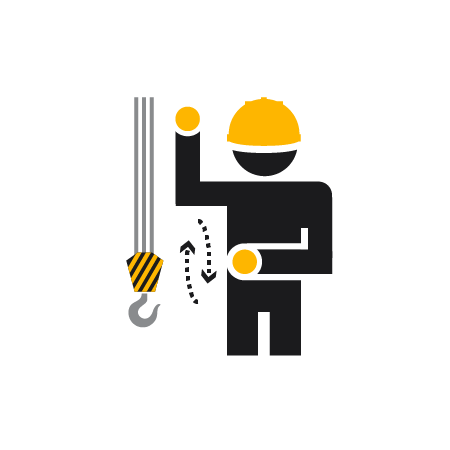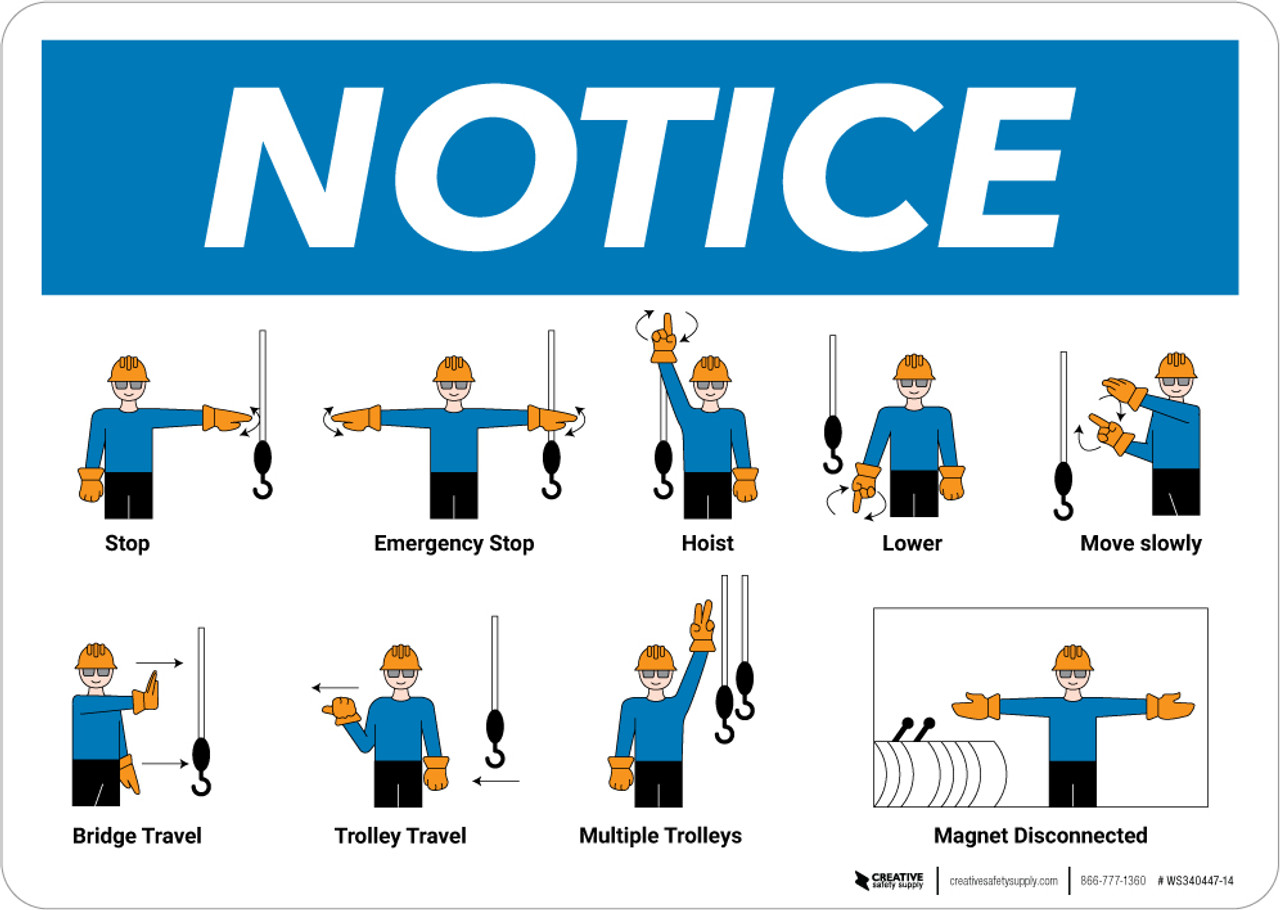Introduction
Crane operations are complex and require clear communication between the operator and the signal person. In situations where verbal communication is difficult or not possible, crane hand signals are an essential tool for ensuring safe and efficient material handling. In this article, we will explore the importance of crane hand signals, their benefits, and examples of their implementation across various industries.
Importance of Crane Hand Signals
The importance of crane hand signals cannot be overstated. Clear communication between the crane operator and the signal person is essential for safe and efficient crane operations. Hand signals are particularly important in environments with limited visibility, high noise levels, or other factors that may hinder verbal communication. Hand signals provide a universal language that allows for clear and concise communication between the operator and the signal person, reducing the risk of accidents, improving efficiency, and enhancing overall safety in material handling operations.

Advantages of Crane Hand Signals
Crane hand signals offer several advantages over other forms of communication.
Hand signals are simple, easy to understand, and can be used in situations where verbal communication is not possible. Hand signals can also be used in conjunction with other communication methods, such as radios or intercom systems, providing redundancy and backup in case of equipment failure or other issues. Additionally, hand signals are a cost-effective solution that requires no additional equipment or technology, making them accessible to businesses of all sizes. Meanwhile, hand signals suits for overhead cranes, gantry crane, tower crane operation.
Examples of Crane Hand Signals
Crane hand signals are used across various industries, from construction to manufacturing and beyond. Examples of common hand signals include the "hoist," "lower," "stop," "swing," and "travel" signals.
The "hoist" signal, for example, involves extending one arm vertically upward, with the hand open and the palm facing downward, indicating that the load should be lifted.
The "lower" signal involves extending one arm vertically downward, with the hand open and the palm facing upward, indicating that the load should be lowered.
These and other hand signals are standardized and widely recognized, ensuring clear and effective communication between crane operators and signal persons.

Conclusion
Crane hand signals are an essential tool for ensuring safe and efficient material handling operations. They offer numerous advantages, including simplicity, universality, and cost-effectiveness. By implementing crane hand signals, businesses can enhance safety, improve communication, and optimize material handling operations across various industries.
Jib Crane for Lithium Battery Automatic Assembly Line